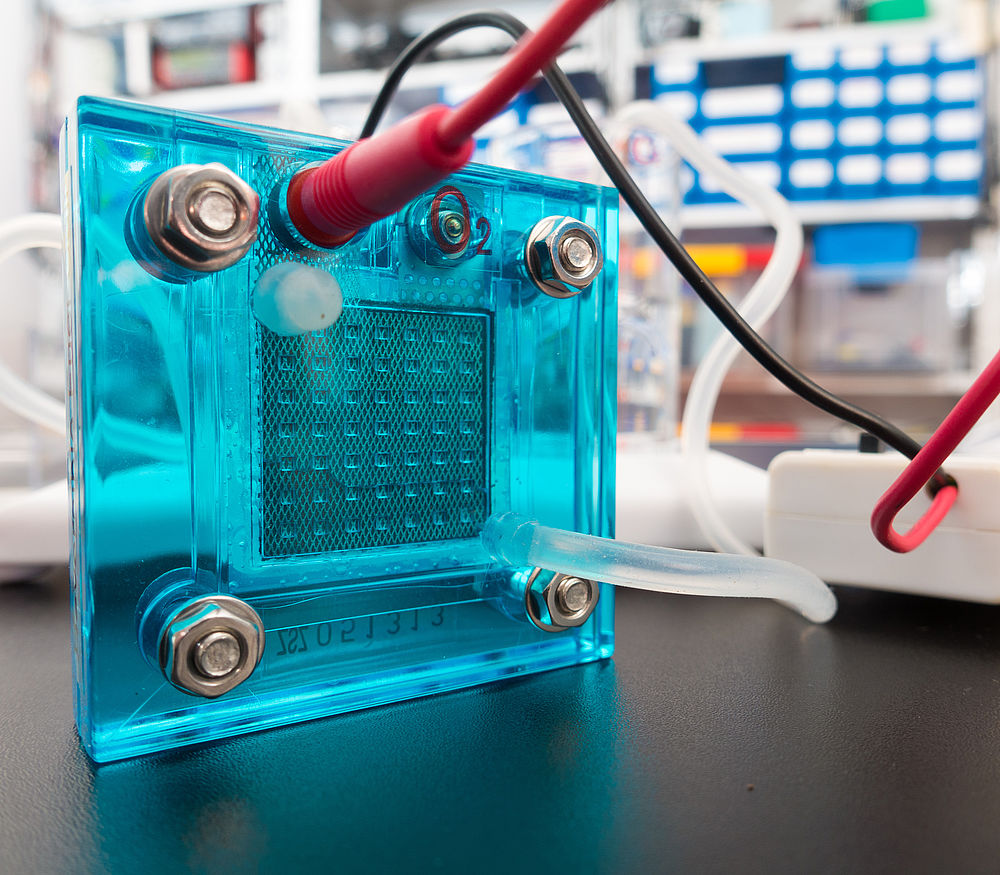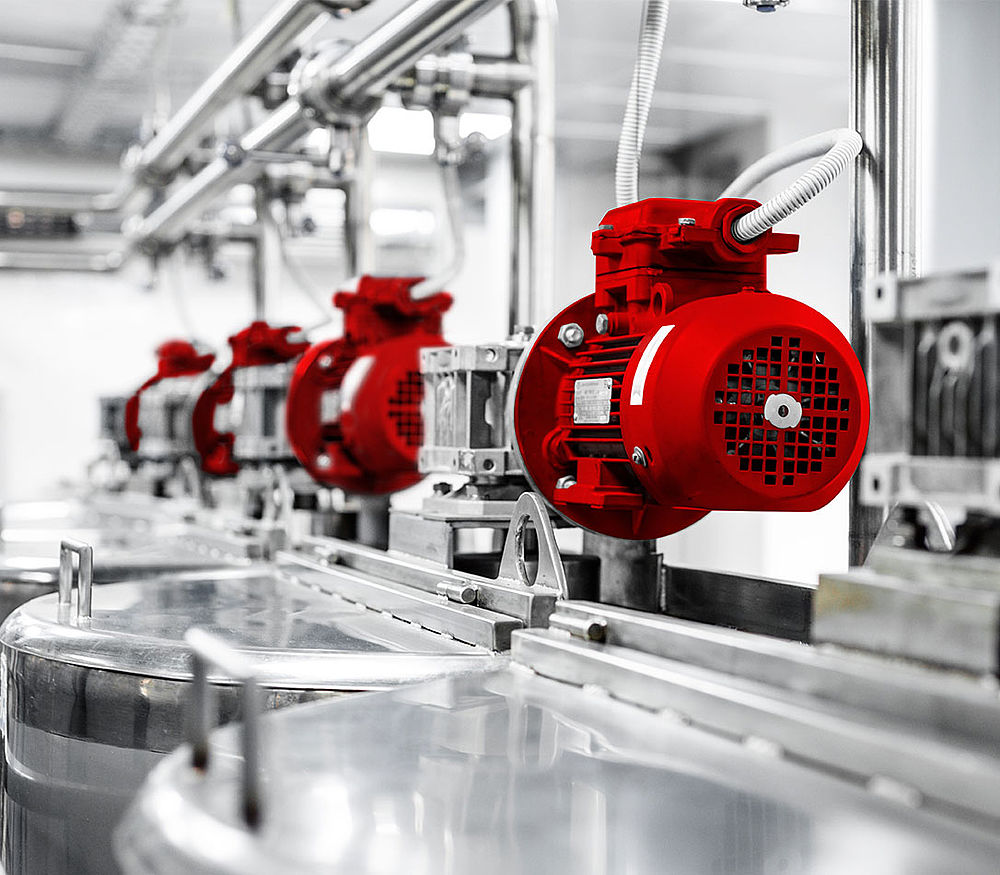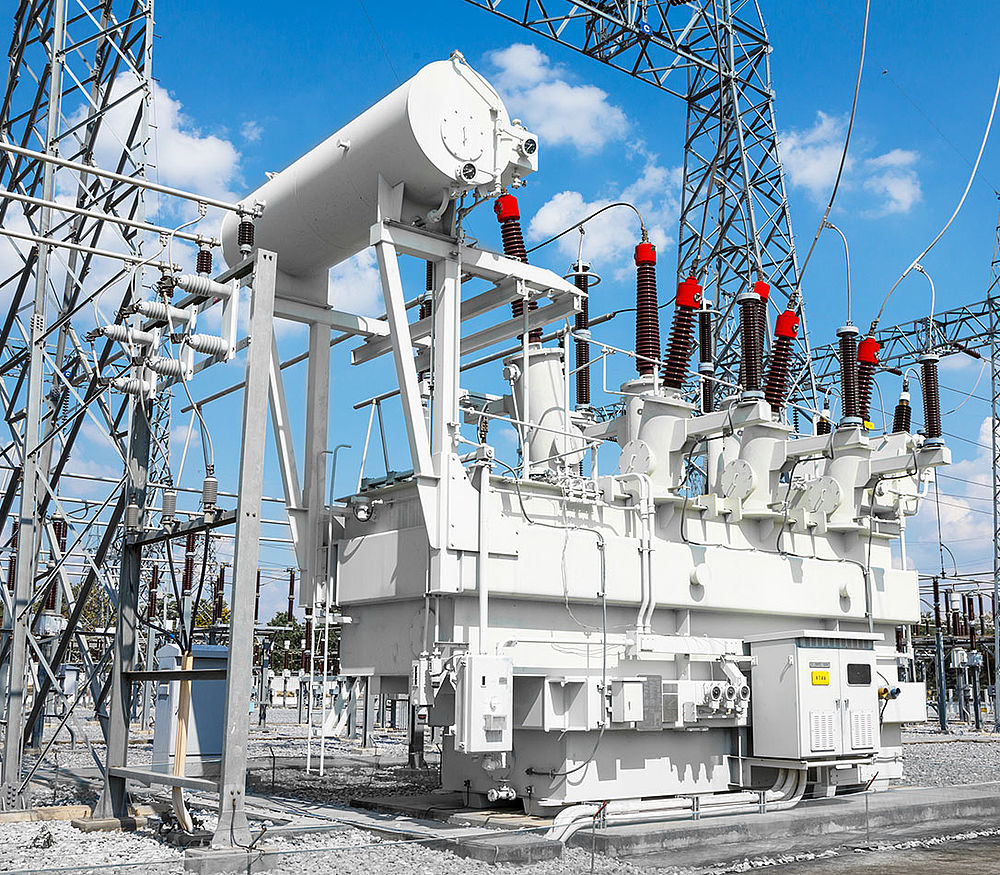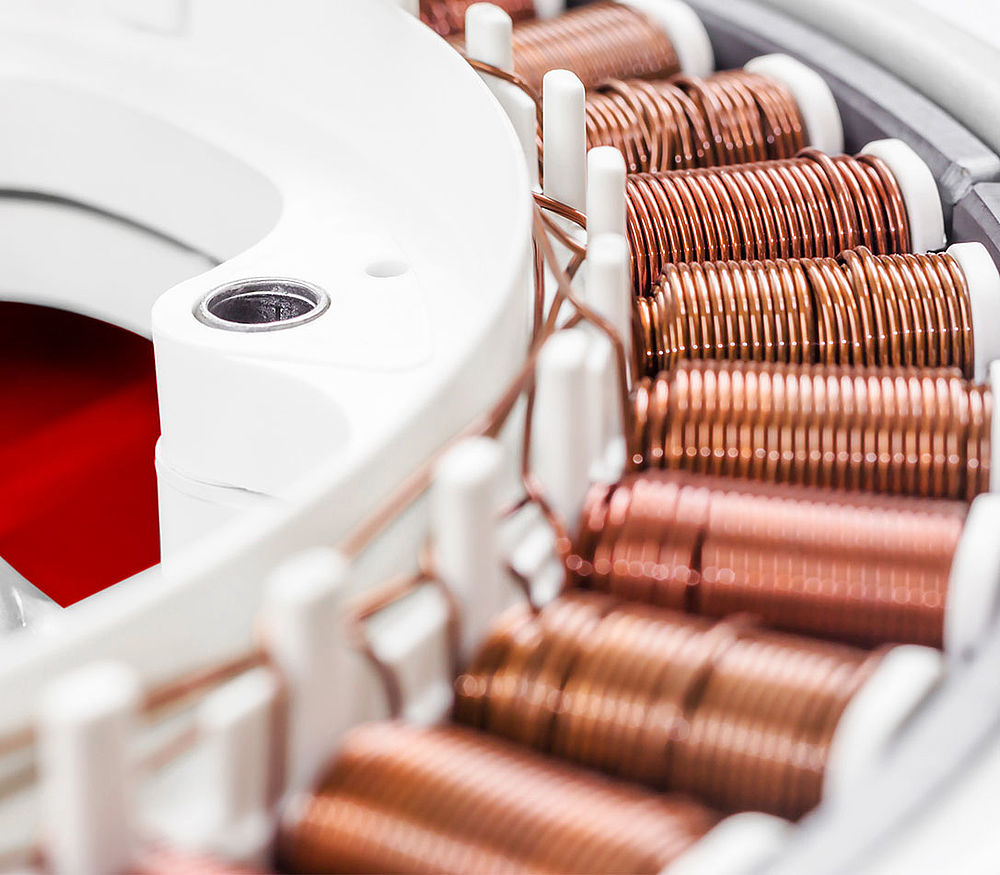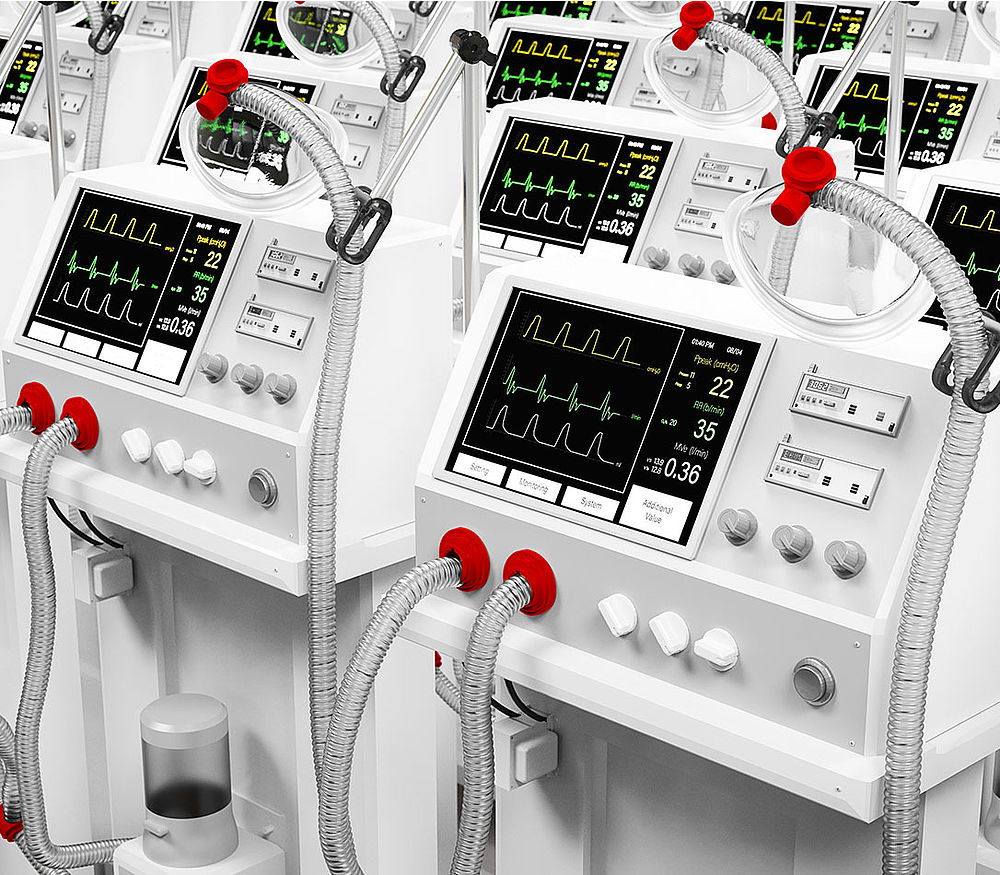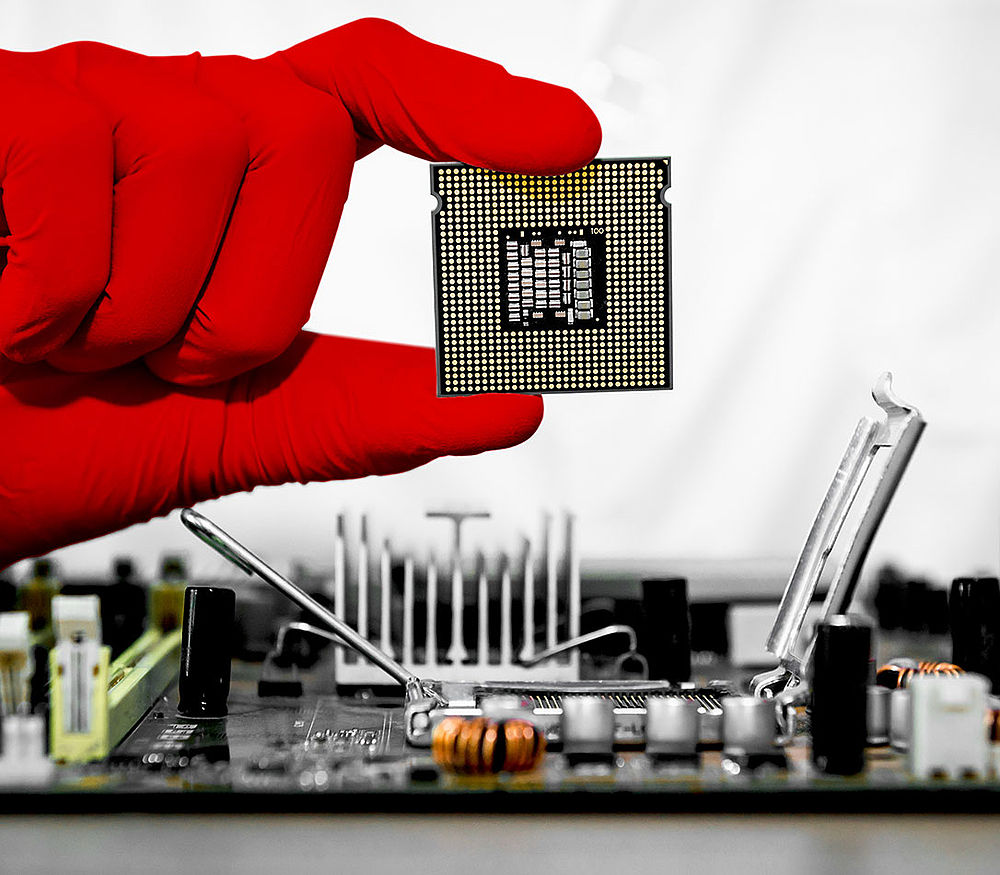Winding wire SHTherm® 210 TE
- Enamelled round copper wire, thermoresistant, spike resistant
- Insulated with THEIC mod. polyesterimide plus polyamide-imide overcoat
- Class 200
SHTherm® 210 TE is a highly thermoresistant enamelled copper wire of heat performance class N with a wide range of excellent quality features. As it is a dual-coat wire its insulation film consists of 2 different coatings on top of one another. These ensure: a very good permanent thermal and overload resistance, excellent resistance to chemical attacks e.g. by alkalines, washing and cleaning agents, impregnating varnishes and resins, sealing compounds, thinners, solvents and refrigerants as well as their vapours, an excellent mechanical abrasion resistance and a very low coefficient of friction of the wire surface. This range of excellent features makes SHTherm® 210 TE an all-round wire meeting the requirements of all applications requiring above average resistance to chemical, thermal, mechanical and electrical loads which occur during processing or during operating conditions. High coating resistance to abrasion and a low coefficient of friction result in less stress and damage to the wire and maintain a higher and more constant dielectric insulating resistance of the insulation film. The consistent further developments carried out by our R&D team allow this excellent “all-round” wire to be optimised to take into account specific customer requirements (e.g. improved adhesion after ageing, workability, electrical characteristics). The varnish system is designed to be resistant to partial discharge.
Application
E-Mobility, electric motors
Standards
IEC / DIN EN 60317-13
NEMA MW 35-C / 73-C
Delivery forms
Grade 1: on request
Grade 2: on request
Technical data
Typical properties of enamelled round copper wire 0.500 mm, with insulation film grade 1
| Property | Unit of measure | Sollwert | Istwert |
|---|---|---|---|
| Overall diameter | mm | min. 0.524 - max. 0.544 | actual value = set value |
| Bare wire diameter | mm | 0.495-0.505 | |
| Adhesion (no cracks in film after winding) | mandrel diameter 0.500 mm | 1 x d / 10 % pre-elongation | |
| Scrape resistance | N | ≥ 3.950 | ≥ 7.500 |
| Pencil hardness | H | 4H - 5H | |
| Elongation at break | % | ≥ 28 | ≥ 38 |
| Coefficient of friction | µ | / | ≤ 0,140 |
| Bare wire diameter | mm | as set value | |
|
(1) Due to the variety of individual applications we cannot make any generally binding commitments regarding the compatibility. We recommend testing compatibility with the materials being used. |
|||
| Property | Unit of measure | Sollwert | Istwert |
|---|---|---|---|
| Temperature index TI | °C | 200 | 210 |
| Cut through temperature (pre-heated block) | °C | 320 | ≥ 360 |
| Dielectric loss factor (bending point) | (°C) (tan δ) | / | ≥ 185 |
| Heat shock at 220 °C (no cracks in varnish coat after winding) | mandrel diameter 1.120 mm | 1 x d / 10 % pre-elongation | |
| Solderability | no | no | |
|
(1) Due to the variety of individual applications we cannot make any generally binding commitments regarding the compatibility. We recommend testing compatibility with the materials being used. |
|||
| Property | Unit of measure | Sollwert | Istwert |
|---|---|---|---|
| Dielectrical strength at RT | kV | ≥ 2.4 (twist) | ≥ 3 (cylinder) |
| High voltage discontiniuties 750V | ≤ 10 on 30 m | ≤ 7 on 100 m | |
| Electrical conductivity | MS/m | 58 - 59 | ≥ 58.5 |
|
(1) Due to the variety of individual applications we cannot make any generally binding commitments regarding the compatibility. We recommend testing compatibility with the materials being used. |
|||
| Property | Sollwert | Istwert |
|---|---|---|
| Pencil hardness (storage in standard solvent ½ h / 60 °C) | min. H | 3H - 5H |
| Pencil hardness (storage in alcohol ½ h / 60 °C) | min H. | 3H - 5H |
| Resistance to commercial impregnants^(1) | / | yes |
| Resistance to commercial refrigerants^(1) | / | yes |
| Resistance to commercial dry transformer oils^(1) | / | yes |
| Resistance to commercial hydraulic oils^(1) | / | yes |
|
(1) Due to the variety of individual applications we cannot make any generally binding commitments regarding the compatibility. We recommend testing compatibility with the materials being used. |
||
